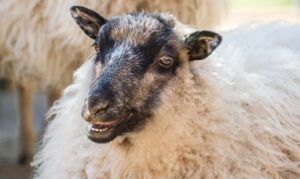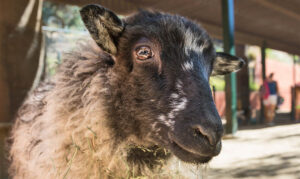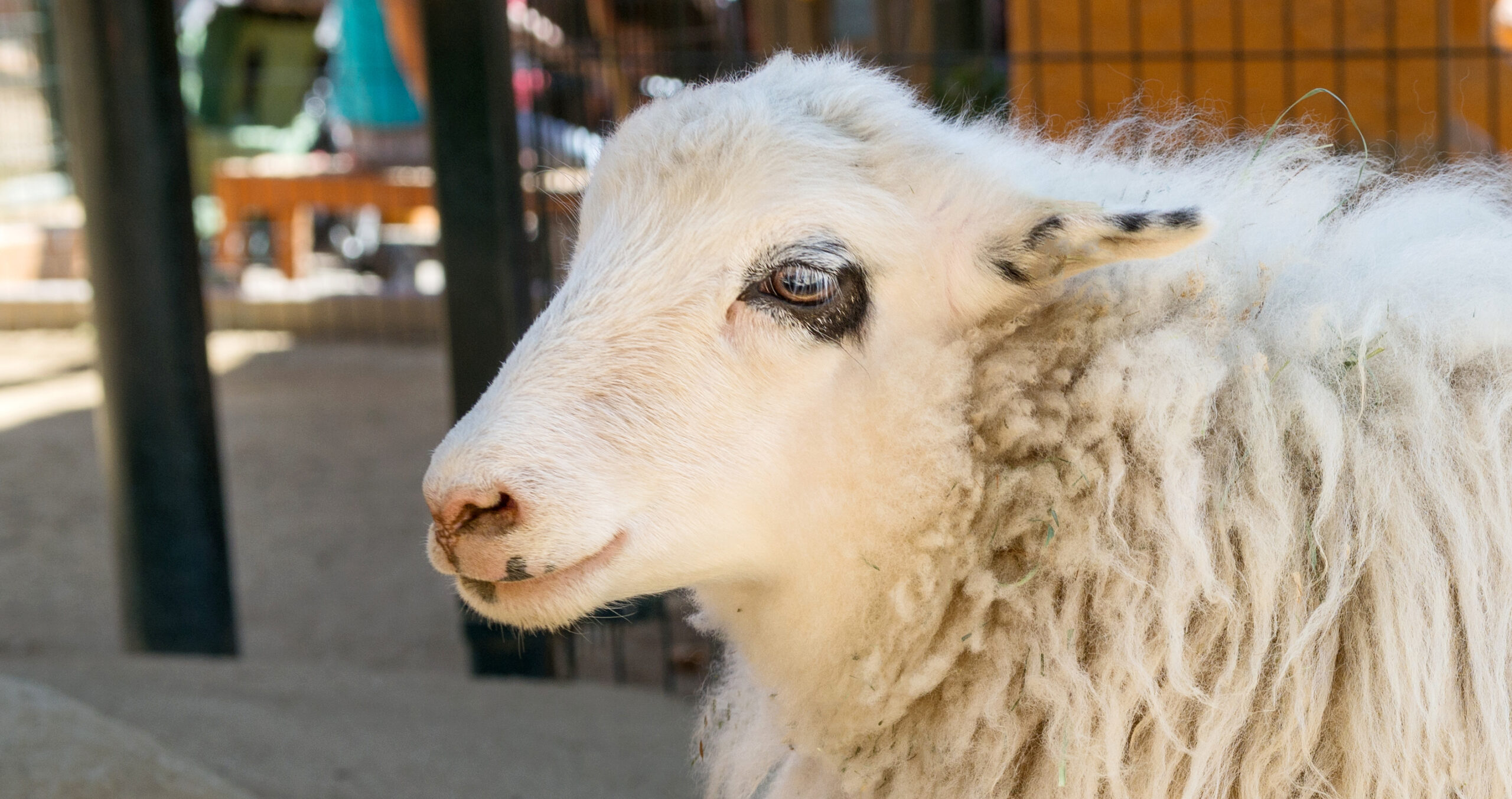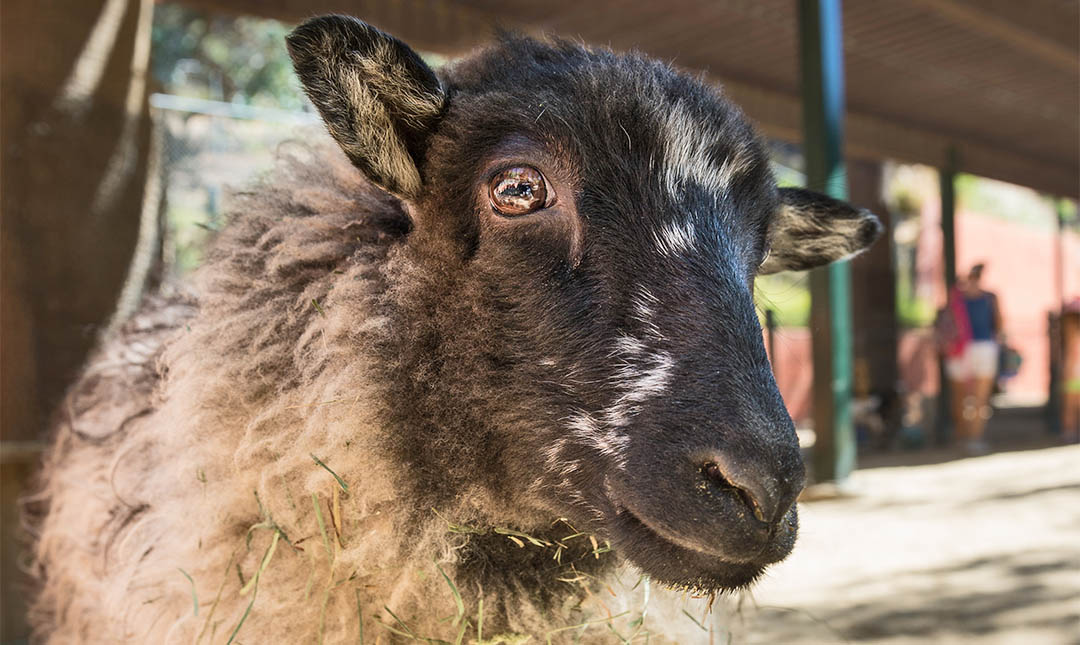About
Sheep were among the first animals to be domesticated by humans between 9,000 and 11,000 years ago. Wild sheep and wild goats are much more similar than their domestic counterparts. Selective breeding by humans has significantly altered these animals, somewhat more so in the case of sheep. As a defense against predators, sheep instinctively move as a group, automatically following the sheep in front. Sheep are more docile than goats, and a single herding dog can control a very large flock.
Shetland sheep are one of the smaller domestic breeds. Humans brought sheep to the Shetland Islands off the coast of Scotland more than 1,000 years ago, and these have been bred to survive in the harsh climate there. Shetland sheep vary widely in their coat colors and markings. The fine, soft wool they produce is highly prized. A Shetland sheep produces 2 to 5 pounds of wool each year, and they are shorn every spring. The wool clipped from one sheep is called a fleece. Wool is graded based on fineness, length, and color, and these grades determine how it will be used. Wool is biodegradable, naturally antimicrobial, and more flame-retardant than synthetic fabrics.
Sheep are sometimes used in habitat restoration. With conservation grazing, flocks of sheep are moved to targeted areas where they help control invasive plant growth, thus helping increase the biodiversity of grasslands, wood pasture, wetlands, and many other habitats.


Habitat
These hardy sheep are accustomed to cold, wet, and harsh climates.
Diet
Sheep are herbivores. The Zoo’s sheep eat a mix of timothy hay and sheep pellets. They also enjoy carrots.
Physical Characteristics
Shetlands are one of the smallest breeds. Rams (males) weigh between 90 and 125 pounds, and ewes (females) weigh between 75 and 100 pounds. Their bodies are 4 to 5 feet long, and they can be a little over two feet at the shoulder. Lifespan averages 10 to 12 years, but they have been known to live more than 20 years.
LOCATION WITHIN THE ZOO
This animal can be viewed in the Children’s Zoo. See Zoo Map.



